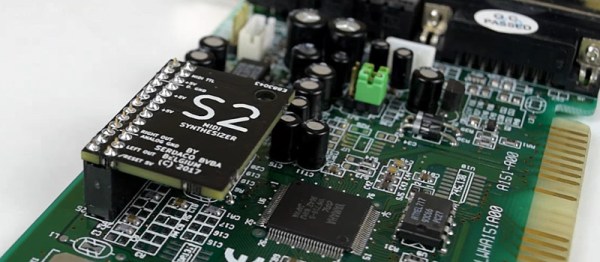Old hardware tends to get less support as the years go by, from both manufacturers and the open-source community alike. And yet, every now and then, we hear about fresh attention for an ancient device. Consider the ancient SoundBlaster sound card that first hit the market 31 years ago. [Mark] noticed that a recent update squashed a new bug on an old piece of gear.
Jump over to the Linux kernel archive, and you’ll find a pull request for v6.16-rc3 from [Takashi Iwai]. The update featured fixes for a number of sound devices, but one stands out amongst the rest. It’s the SoundBlaster AWE32 ISA sound card, with [Iwai] noting “we still got a bug report after 25 years.” The bug in question appears to have been reported in 2023 by a user running Fedora 39 on a 120 MHz Pentium-based machine.
The fixes themselves are not particularly interesting. They merely concern minutiae about the DMA modes used with the old hardware. The new updates ensure that DMA modes cannot be changed while the AWE32 is playing a PCM audio stream, and that DMA setups are disabled when changing modes. This helps avoid system lockups and/or ugly noises emanating from the output of the soundcard.
It’s incredibly unlikely this update will affect you, unless you’re one of a handful of users still using an ISA soundcard in 2025. Still, if you are — and good on you — you’ll be pleased someone still cares about your user experience. Meanwhile, if you’re aware of any other obscure old-school driver updates going on out there, don’t hesitate to let us know on the tips line. Want to relive your ISA card’s glory days? Plug it into USB.
Image credit: Gona.eu, CC BY-SA 3.0
[Thanks to Meek Mark for the tip!]


















